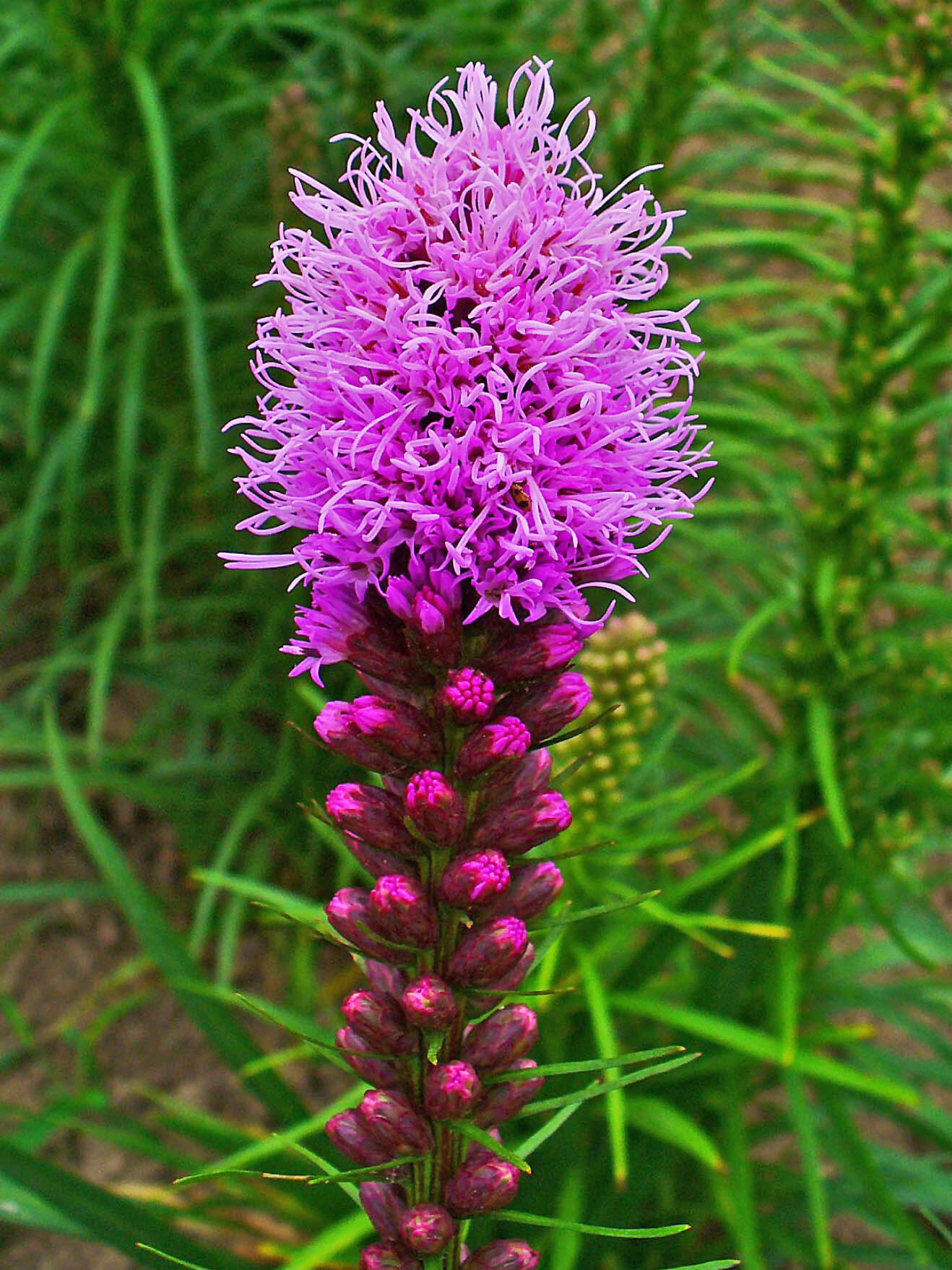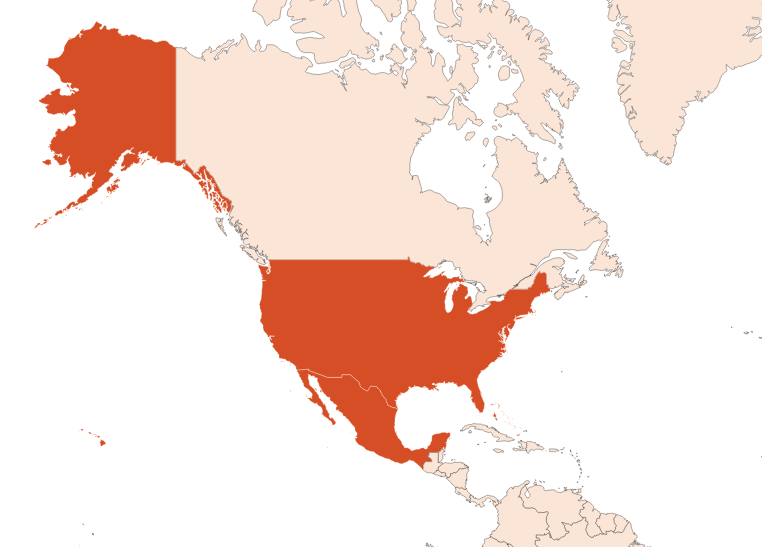Liatrix Absolute
Naturelle
Balsamic Ambery > Coumarinic > Balsamic > Spicy

Crédits photo: ScenTree SAS
Latin name :
Liatris odoratissima
Botanical profile :
The liatrix is a plant of the Asteraceae family and the genus Liatris.
Geographic origin :
Originally from North America, Mexico and the Bahamas, Liatrix is mainly produced in the United States (Florida, North Carolina).
Chemotypes :
Liatrix is the only species of the genus Liatris grown for perfumery. Other species exist such as Liatris savannensis and Liatris tugida among other 35 species.
Extraction process :
In the United States, Liatrix fields are perennial and grow by collecting and sowing the seeds of the plant. The seeds must be collected once the plant is dry, after a few weeks and must have a black and dry appearance.
For their use in perfumery, liatrix leaves are collected by hand and dried in the sun. Then, the most volatile molecules evaporate from the leaves and only the heavier molecules remain. This is why the smell of liatrix is very coumarin and hot.
The extraction with hexane gives a concrete after the plants are removed from the extractor and the solvent has evaporated. This first extract is pasty because it contains waxes. A treatment with alcohol is made to obtain the absolute by precipitating the waxes, which are insoluble in the alcohol, and by subjecting the concrete to a glazing process at 32 °F. After filtration of the opaque mixture, the alcohol is evaporated and the liatrix absolute is obtained.
For their use in perfumery, liatrix leaves are collected by hand and dried in the sun. Then, the most volatile molecules evaporate from the leaves and only the heavier molecules remain. This is why the smell of liatrix is very coumarin and hot.
The extraction with hexane gives a concrete after the plants are removed from the extractor and the solvent has evaporated. This first extract is pasty because it contains waxes. A treatment with alcohol is made to obtain the absolute by precipitating the waxes, which are insoluble in the alcohol, and by subjecting the concrete to a glazing process at 32 °F. After filtration of the opaque mixture, the alcohol is evaporated and the liatrix absolute is obtained.
Major Components :
Coumarin (50-75%)
DihydroCoumarin (5-10%)
Benzyl Benzoate (5-10%)
DihydroCoumarin (5-10%)
Benzyl Benzoate (5-10%)
- Uses in perfumery :
- Used in luxury perfumery for fougere, amber, blond tobacco notes.
- Other comments :
- The liatrix is native to the United States. Its flowers form clumps at the end of a long stem whose leaves are extracted in perfumery.
Liatrix often comes in the composition of the hay, also used in perfumery. It is of interest as its scent is coumarinic and herbaceous.
Liatrix is also used to aromatize tobacco. - Volatility :
- Base
- Appearance :
- Green paste
- Stability :
- Solubility issues in perfumes
Stable oil in perfumes and in diverse functional bases - Price Range :
- €€€€€
- Aromatherapy :
Informations provided below are taken from reference works in aromatherapy. They are given for information purposes only and can not constitute medical information, nor engage the responsibility of ScenTree.
Data not available.

Crédits photo: ScenTree SAS
- EINECS number :
- 272-627-7
- FEMA number :
- Donnée indisponible.
- Allergens :
- Coumarin
- IFRA :
- This ingredient is restricted by IFRA
- Annexe I :
- Some regulated synthetic ingredients are found in nature and in certain proportions in natural ingredients. This presence in nature has to be taken into account when calculating limits of use recommended by the IFRA. In case you do not know these concentrations, you can use the ones estimated by the IFRA. Here they are :
- Annexe I :
- Some regulated synthetic ingredients are found in nature and in certain proportions in natural ingredients. This presence in nature has to be taken into account when calculating limits of use recommended by the IFRA. In case you do not know these concentrations, you can use the ones estimated by the IFRA. Here they are :
| List of regulated compounds contained in this ingredient | ||
|---|---|---|
| Regulated ingredient name | CAS N° | Estimated Concentration |
| Dihydrocoumarin | 119-84-6 | 2 |
| Coumarin | 91-64-5 | 25 |
| List of regulated compounds contained in this ingredient | ||
|---|---|---|
| Regulated ingredient name | CAS N° | Estimated Concentration |
| Dihydrocoumarin | 119-84-6 | 2 |
| Coumarin | 91-64-5 | 25 |
To learn more about IFRA's standards : https://ifrafragrance.org/safe-use/library
ScenTree is solely responsible for the information provided here.

